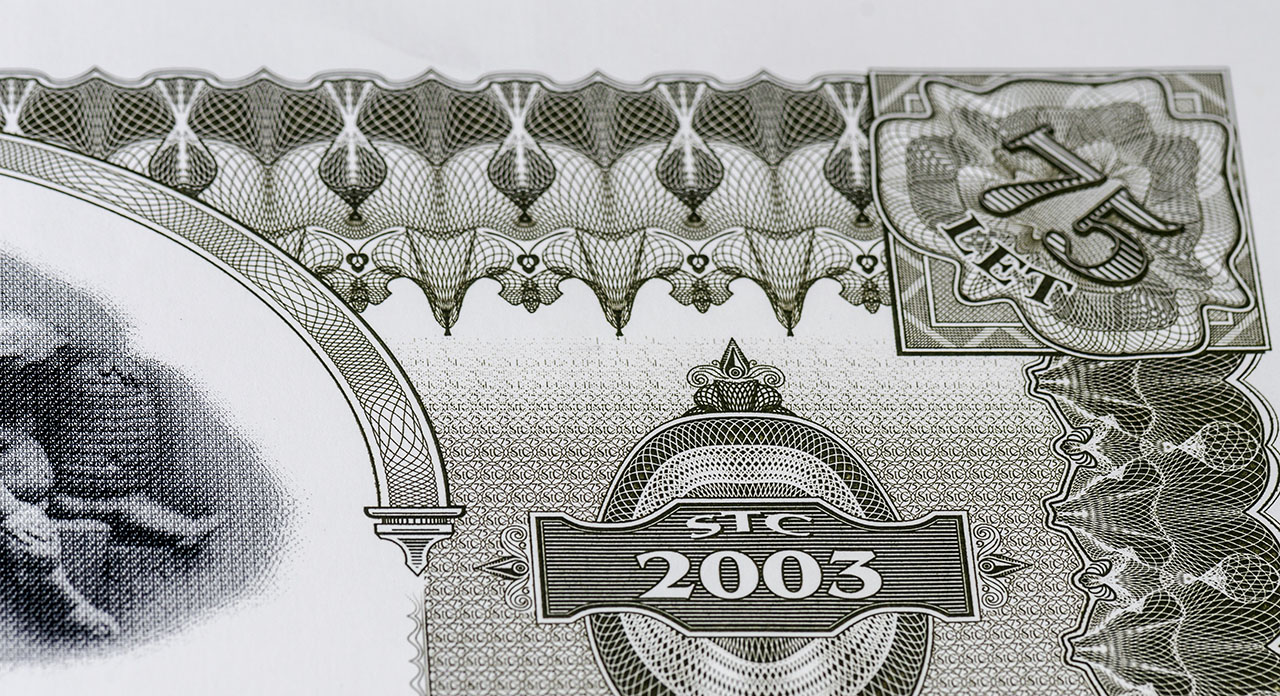
Etching is a type of intaglio printmaking technique that uses strong acid or mordant to cut into unprotected parts of a metal surface. Etching is an intaglio printmaking technique that uses a waxy ground on a metal plate, an etching needle, acid, and ink to create a printed image. Summarize the process of intaglio printmaking in general, and the process and history of mezzotint printmaking in particular. Using the light to dark method in particular, the process can be combined with other intaglio techniques such as engraving. This method of printmaking is the exact opposite of a relief print. Mezzotint is a particular type of intaglio printmaking, a category of printmaking in which an image is etched into the surface of a metal plate, and the incised line holds the ink that transfers to the paper, while the rest of the plate is wiped clean. Mezzotint, a tonal method of intaglio printmaking, involves roughening areas of a metal plate that will hold ink to create shading. The method was developed by painter and printmaker Jan van de Velde in Amsterdam, around 1650, and introduced to England in the 1770s. Intaglio printmaking is a family of printing techniques in which an image is incised into the surface of a metal plate the incised line holds the ink, while the original surface of the plate is wiped clean. Aquatint, a variant of etching, is a member of the intaglio category of printmaking. 
Aquatint is a tonal method of intaglio printmaking using acid to bite away at the metal plate in timed intervals.

Examples of intaglio printmaking in the following topics:








